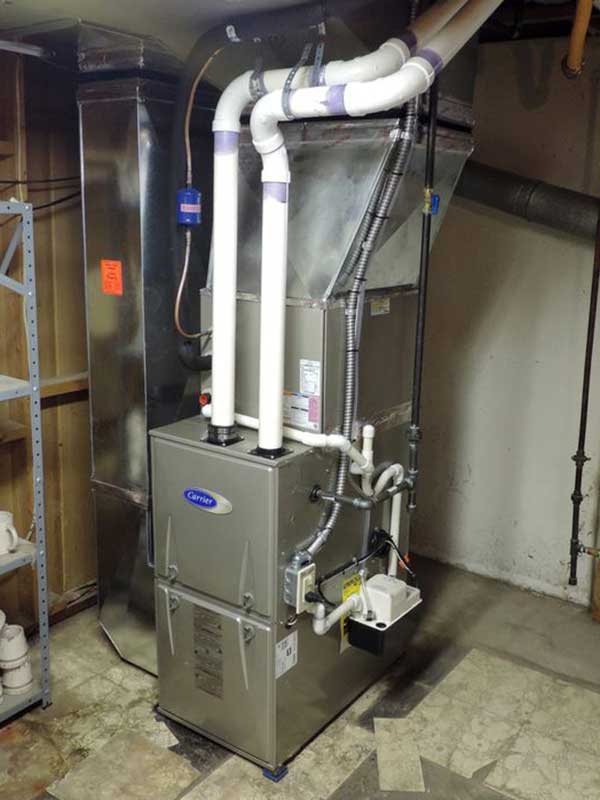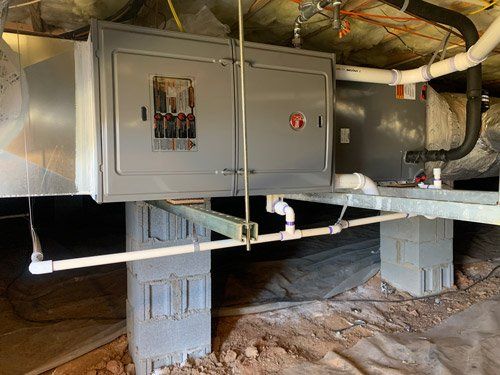Same-day furnace repair for safety and peace of mind: Get fast and trusted help
Same-day furnace repair for safety and peace of mind: Get fast and trusted help
Blog Article
The Ultimate Overview to Heater Installment for a Cozy Home
Heater installment is an essential element of preserving a comfortable home setting, especially during the cooler months. As you take into consideration these variables, the inquiry stays: what actions can you take to guarantee your furnace offers you well for years to come?
Types of Furnaces

Gas heating systems are one of the most usual choice due to their effectiveness and reduced functional costs. They utilize natural gas or gas, giving quick heating and regular efficiency, making them optimal for cooler environments.
Electric heaters, while generally simpler to set up and preserve, often tend to have higher functional expenses. They are often favored in areas where gas service is unavailable or for homes with existing electric facilities.
Oil heating systems, though much less typical today, stay a feasible alternative in particular areas. They burn heating oil, which can be advantageous during colder months, yet their dependence on oil distribution postures possible obstacles.
Additionally, there are high-efficiency models available throughout these kinds, which can dramatically decrease power usage and energy bills - furnace installation. Ultimately, recognizing these heater kinds will help homeowners pick a system that lines up with their heating needs, budget plan, and energy choices
Picking the Right Size
Selecting the proper dimension for a heating system is vital to guaranteeing optimal efficiency and energy efficiency. A small heater will certainly struggle to keep comfy temperatures throughout the chilly months, resulting in raised deterioration, higher power bills, and prospective system failure. Alternatively, a large furnace might cycle on and off as well often, resulting in ineffective heating and unequal temperature circulation within the home.
To identify the proper heater size, an estimation understood as the Manual J tons calculation must be performed. This process evaluates different factors, consisting of the square footage of the home, insulation levels, home window sizes, and regional climate problems. This detailed analysis makes sure that the furnace satisfies the certain heating demands of the room.

Installment Process Summary
In regards to products, you will need ductwork, insulation, and sealing tape to ensure optimum air flow and energy performance - furnace installation. It is likewise essential to have a new heater filter accessible, in addition like this to venting products, such as PVC pipe or metal flue, relying on the kind of heater being set up
Safety tools, consisting of gloves, goggles, and a face mask, is also important to safeguard against dirt and debris throughout setup. Having all these tools and products readily offered not just enhances the process however also improves the security and effectiveness of the heater installation.
Upkeep Tips for Long Life
To guarantee the long life of your furnace, it is vital to execute a normal maintenance timetable that deals with crucial components of the system. Begin by changing or cleaning the air filter every one to 3 months, as a clogged up filter can limit air movement and decrease performance. Additionally, check and cleanse the blower assembly to stop dirt accumulation that can impede performance.
Following, inspect the thermostat setups and recalibrate if required to make certain accurate temperature level regulation. Evaluate go now the ductwork for leakages or blockages, as this can result in power loss and irregular home heating. On a regular basis oil the electric motor and bearings according to the supplier's recommendations to reduce deterioration.
Specialist examinations should occur yearly, where a qualified service technician can examine the heater's overall condition, check for gas leaks, and ensure that safety features are functioning correctly. Finally, consider installing a programmable thermostat to enhance energy usage and maintain consistent home temperature levels. By adopting these upkeep techniques, you can boost your heating system's effectiveness, extend its lifespan, and ultimately enjoy a cozy and comfortable home setting.
Verdict

Report this page